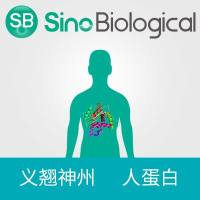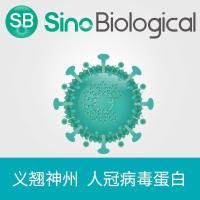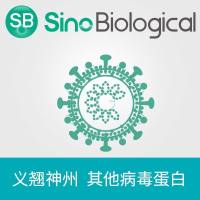The use of human postmortem brain tissue in neurochemical and neuropharmacological research has received increasing attention over recent years. In fact, there is one work that, more than any other, can be identified as being responsible for the interest in this approach. It was Birkmayer and Hornykiewicz who, having observed a deficit in the content of the neurotransmitter dopamine in brain tissue taken postmortem from patients with Parkinson’s disease, set about to counteract this deficit in living patients by treatment with L-dopa. The identification of an abnormally low transmitter concentration and its supplementation by the administration of the appropriate biochemical precursor has revolutionized the treatment of this disease (Ehringer and Hornykiewicz, 1960; Birkmayer and Hornykiewicz, 1961). It has also served to motivate neurochemists to study other neurological and psychiatric diseases using postmortem brain tissue. Such a success story has yet to be repeated. Nevertheless, neurochemical and other molecular approaches to studying the diseased brain have generated a large amount of information that has increased enormously our understanding of the molecular neuropathology and neural dysfunction in these disorders.






